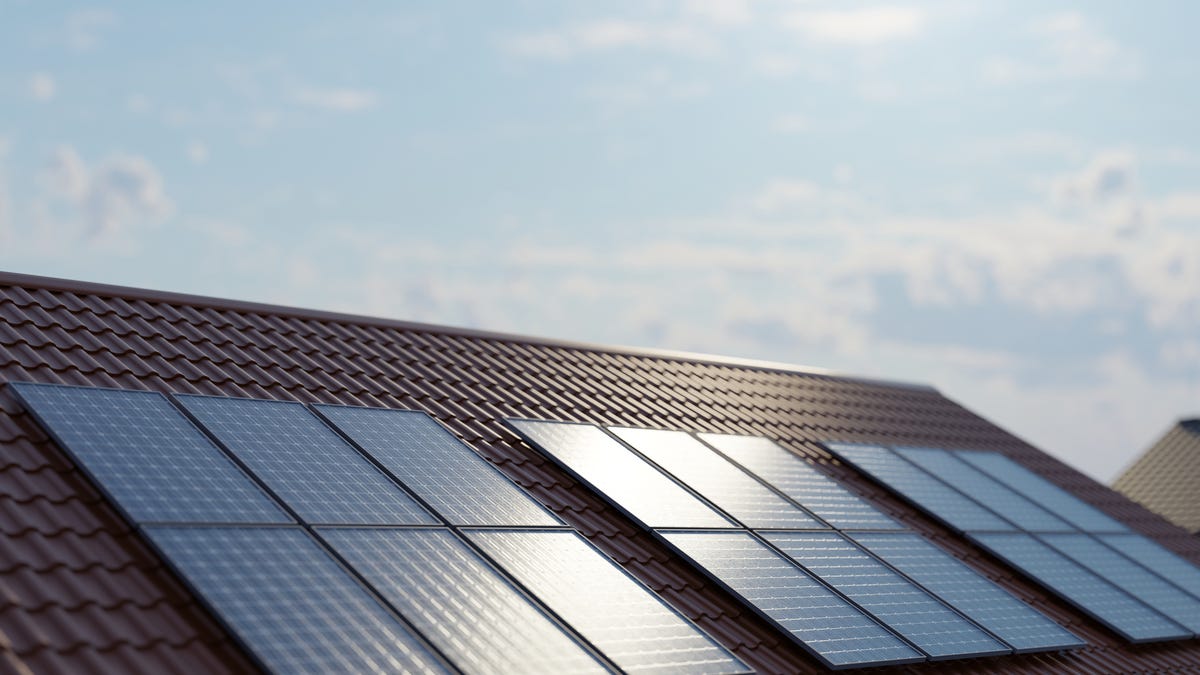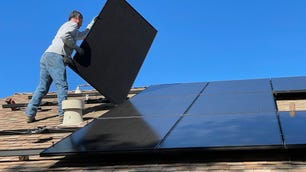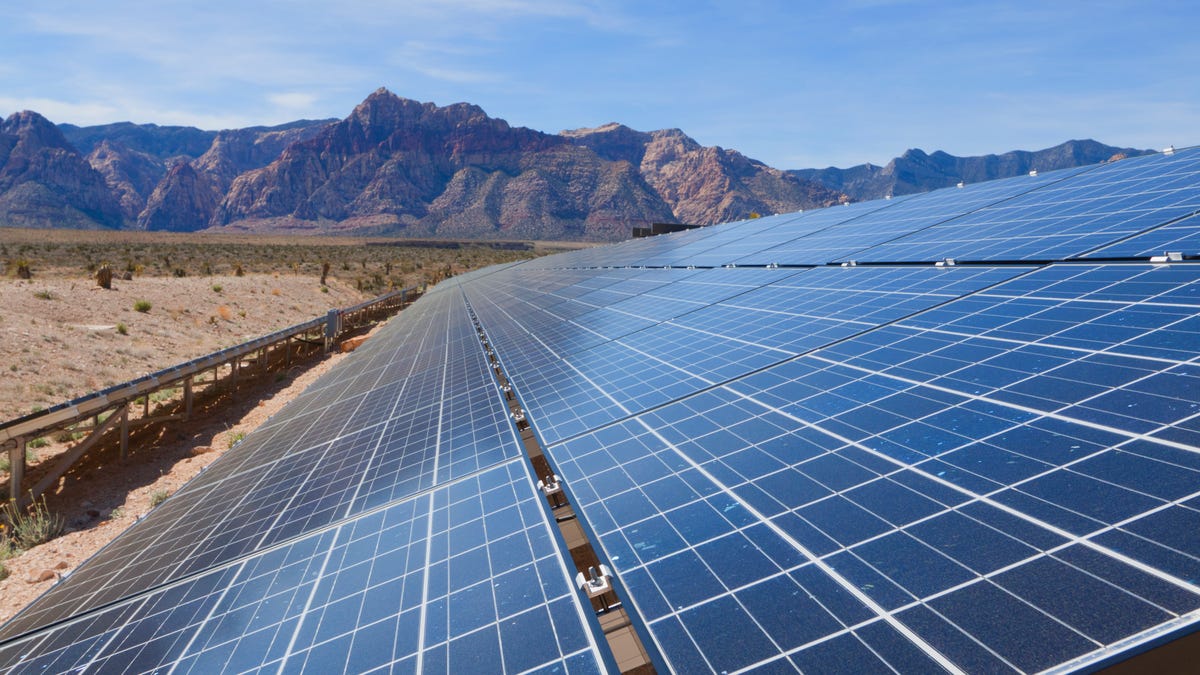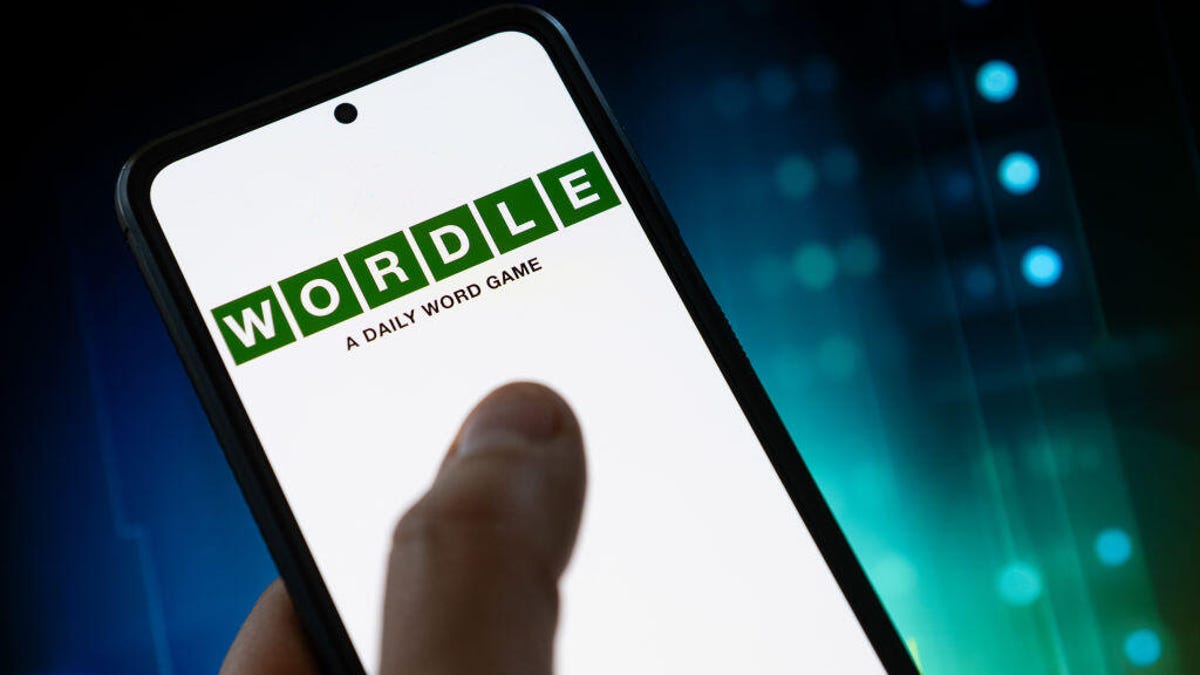Residential solar panels are more affordable than ever, with the average cost of an installation at the lowest it’s ever been. It’s no wonder solar installations broke records in 2023 despite high interest rates and other headwinds.
Even so, a solar array can still be hard to fit into your budget. There’s a big tool that can help: Tucked into the Inflation Reduction Act, which became law in August 2022, is a generous tax credit for homeowners looking to install rooftop solar panels. Known officially as the residential clean energy credit, this program can bridge the gap in financing and help you make your solar power dreams a reality.
Here’s what you need to know about how the tax credit works, and how you can take advantage of it.
Can solar panels save you money?
Interested in understanding the impact solar can have on your home? Enter some basic information below, and we’ll instantly provide a free estimate of your energy savings.
What is the federal solar tax credit?
The residential clean energy credit itself isn’t totally new. Previously called the investment tax credit, it’s been around for years but was expanded significantly under the Inflation Reduction Act.
“It actually had been scaling down prior to the passing of the IRA,” said Gilbert Michaud, an assistant professor in the School of Environmental Sustainability at Loyola University Chicago. “As part of the Inflation Reduction Act, they just said, ‘We’re going to mitigate all the risk and the changes and uncertainty'” and bump it back up.
The credit now covers up to 30% of the cost of new, qualified clean energy improvements in your home, made between now and 2033. That includes projects like solar, but also water heaters, wind turbines, geothermal heat pumps, fuel cells and battery storage technology.
The solar credit is just one of the tax credit and rebate programs in the Inflation Reduction Act. The legislation’s incentives can also save you money on electric vehicles, EV chargers and energy efficiency upgrades to your home.
How does the federal solar tax credit work?
This federal incentive, while generous, won’t come directly in the form of cash in your pocket. Instead, it’ll reduce the amount of money you pay in federal taxes.
For example, if you installed a $15,000 solar array, you’d qualify for a federal tax credit of $4,500. That means your tax bill in the following year would be lowered by $4,500. (This is different from a typical tax deduction, which lowers your total taxable income and could result in a reduction in your tax bill as well.)
If the credit you’re eligible for is more than the amount you owe in taxes to begin with, “you can carry forward any excess unused credit … and apply it to reduce the tax you owe in future years,” according to the IRS.
What is covered by the solar tax credit?
The residential clean energy credit covers a broad array of home energy improvements. When it comes to solar, the credit covers:
- The expense of the actual solar panels and related hardware.
- The cost of labor for installation and assembly.
- Any electrical work required to connect the solar array to your home.
- Any “soft costs,” like permitting fees.
“It’s basically an all-in — ‘How much did you spend to put this on your roof?'” Michaud said.
Other roofing costs, like new support beams or shingles, aren’t covered by the solar tax credit.
How do I claim the federal solar tax credit?
The process for claiming the federal tax credit is fairly straightforward. Here’s how it works:
- Work with a solar installer to complete the installation of your rooftop solar system.
- The following year, when filing your taxes for the year in which your solar array was installed, fill out the IRS Form 5695, Residential Energy Credits.
- Because the credit reduces your tax bill, you won’t necessarily “receive” anything. But when you file your taxes, the credit will reduce your tax bill for that year.
If you use software like TurboTax, it’s even simpler: The system will ask you if you’ve installed solar in the last year, and you check the box if you have.
“These software packages make things easy for consumers,” Michaud said.
What about state tax credits?
Though the federal tax credit can cover up to 30% of your solar costs, that still leaves a significant expense for your home improvement project.
But depending on where you live, you might be able to pile on additional state-level tax credits that reduce the cost of solar even further. This guide outlines some of the most generous state incentive programs, including those in Illinois, New York and South Carolina. Some states offer property tax and sales tax exemptions for solar panels, too.
You can find what’s available in your state by contacting your utility provider, or running a quick Google search for your state’s solar tax credit program. Even if there’s no credit available where you live, there might be some kind of grant or net-metering policy that can offset the cost of solar.
Solar resources in your state
How accessible are residential solar panels today?
By and large, installing residential solar is more accessible today than it’s been at any point in the past.
“These residential solar energy systems are now more affordable than ever,” Michaud said. “And with the tax credit going back up to 30%, you have this beautiful, perfect storm.”
On top of the cost savings, installers are more plentiful and experienced, too. Sometimes you can get your solar system installed in just a day or two, start to finish, Michaud said.
And with the federal tax credit locked in for the next decade, the trend is likely to continue in this direction: More homeowners installing solar, more economies of scale, and more opportunities to lower the cost.
Solar tax credit FAQs
When can I claim the federal solar tax credit?
Any solar-energy system installed after Jan. 1, 2006, is eligible for the one-time credit. If your system was installed and generated electricity in your home in the last year, you can claim it on your taxes. But if you buy and install one this year, you’ll have to wait until next year to deduct the credit.
What are the criteria to claim the solar energy credit?
You can claim the credit once toward the original installation of the equipment. You must own the solar photovoltaic system, and it must be located at your primary or secondary residence. (In some cases, an offsite community solar project also qualifies.) If you are leasing solar panels, you don’t get the tax break. There is no maximum amount that can be claimed, though. In addition, if you financed the system through the manufacturer and are contractually obligated to pay for it in full, you can claim the credit based on the full cost of the system.
How many times can I claim the solar tax credit?
There is no annual or lifetime limit to the residential clean energy credit, except for fuel cells.
Is there an income limit for the federal solar tax credit?
There is no income limit, but the amount you can receive from the tax credit is limited to how much you would pay in taxes for that year — the credit is nonrefundable. However you can carry forward excess unused tax credits and apply them against taxes you owe in future years.
Can I claim the federal solar tax credit if I do not owe any taxes?
Because the credit is nonrefundable, it is limited to the amount of taxes you owe that year. However unused credits can be rolled over to future years.
CNET’s Dan Avery contributed to this report.
#Federal #Solar #Tax #Credit







